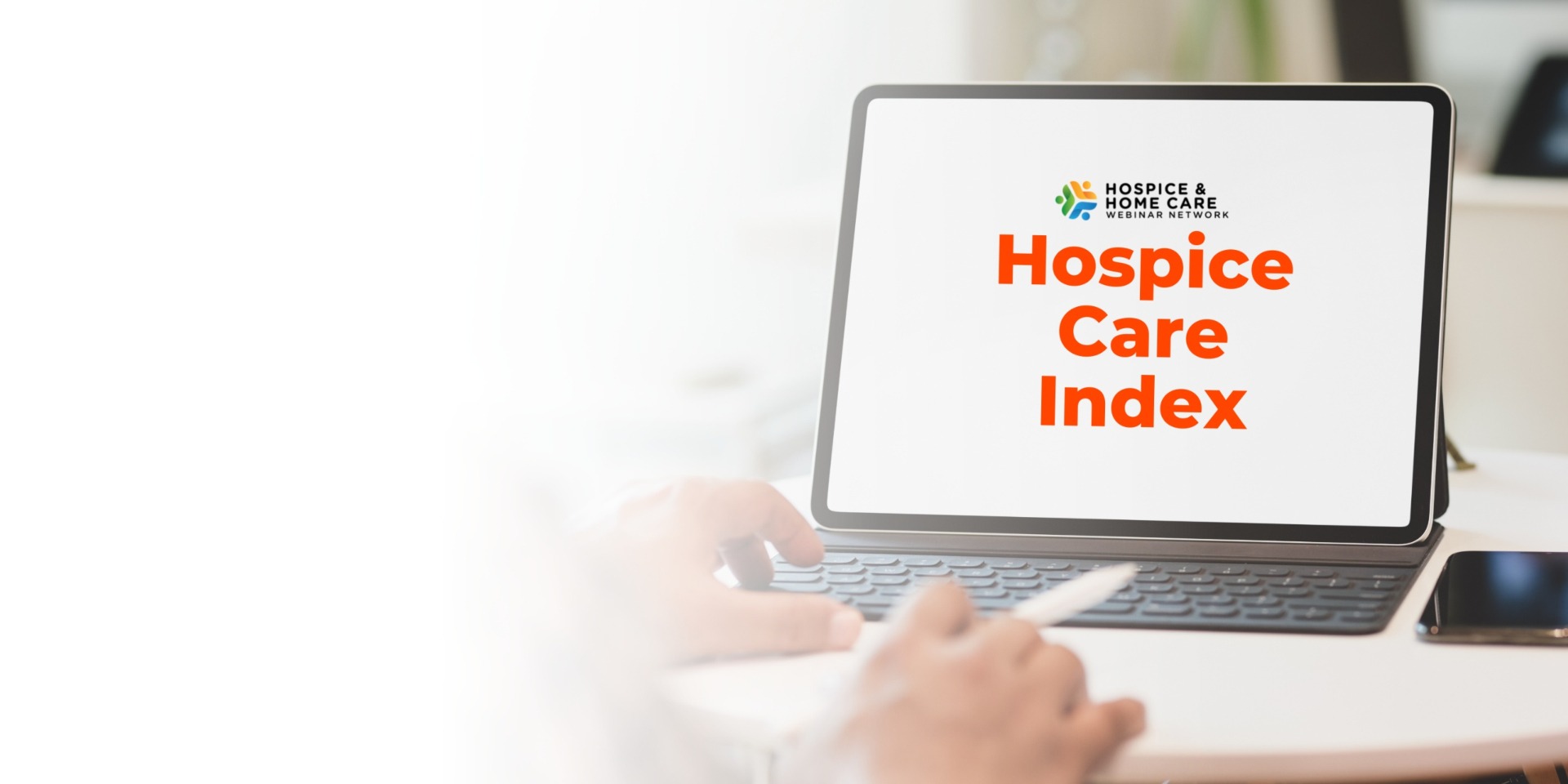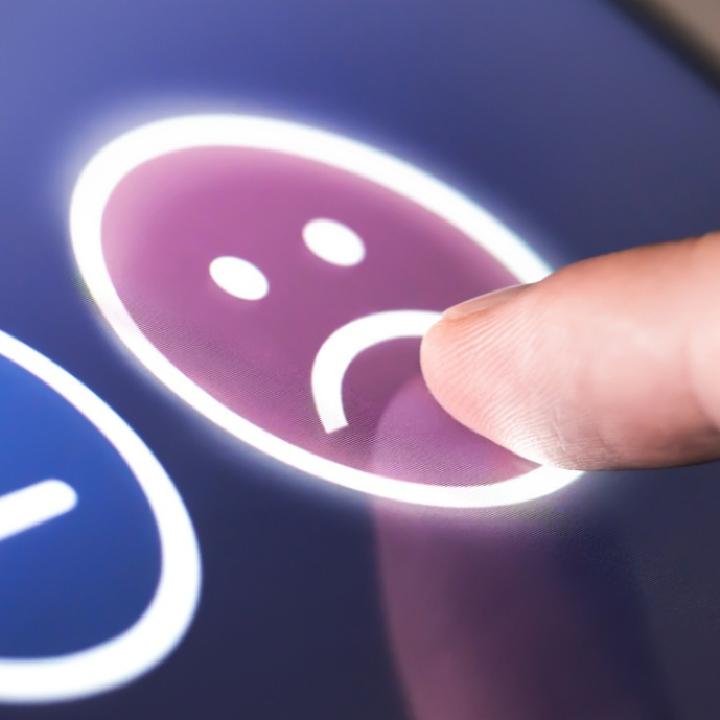
Top Indicators for the Hospice Care Index
Top Indicators for the Hospice Care Index
Ten Hospice Care Index indicators took effect in May 2022. Questions about calculations, audits, and general tips and tricks to receive an acceptable score are at the forefront of everyone’s mind. Diane Link drills down on all 10 indicators so you will walk away knowing exactly what to do for each in her March 2022 hospice webinar. Below, are going to detail best practices for an improved score for both gaps in skilled nursing visits as well as nurse care minutes per routine home care day.
The hospice Conditions of Participation (CoPs) require the interdisciplinary team (IDT) ensures that there is an ongoing assessment of patient and caregiver needs and plan of care (POC) implementation. While this is a CoP requirement, the Office of Inspector General found that there were often instances of infrequent skilled nursing visits. The Center for Medicare and Medicaid Services (CMS) expects that these visits take place at least once every seven days including both RN and LPN visits. The indicator is based on having at least one visit a week.
Gaps in skilled nursing visits are measured by hospice elections with a gap in care greater than seven days divided by the total number of elections within the hospice reporting period. An agency will receive a score of 1 if they score below the 90th percentile ranking nationally. As of November 2021, the national average for gaps was 44.9%.
Now that you have the national average, you can begin to look internally to audit claims to confirm that an RN or LPN visit is taking place every seven days. Making sure all of your visits are captured in your claim is crucial when looking at corrective actions based on your audit. CMS will pull all of their information from the claims that your hospice agency submits.
Makes sure that all skilled nursing visits are based on patient needs. In one of your IDT meetings, your team can discuss the level of need for each patient and schedule accordingly. As a group, you will want to look at the current schedule of frequency, and possibly begin requiring one weekly skilled nursing visit each week if you are not hitting this number. If not, you may want to consider increasing the number of visits when a patient is symptomatic and then decreasing visits when stabilized.
Now, let's look at skilled nursing care minutes per routine home care day. The CoPs require:
- A skilled nurse to be part of the initial and ongoing assessments
- Ensure development and implementation and updates to the POC;
- Include in the patient and caregiver education and training
- Evaluate symptom management and ongoing hospice eligibility.
How many minutes would this equate to (on average) when we are doing a revisit during a routine home care episode? First, it is important to know that one unit equals 15 minutes and will correlate with revenue code 055x.
Measure the minutes per day by taking the total skilled nursing minutes provided on routine home care days within the reporting period, divided by the total number of RHC days provided within the reporting period. Your organization will receive one point if above the 10th percentile. The current average as of May 2022 is 15.9 minutes per day or 1.8 hours per week.
To ensure accuracy, you will need to audit your claims. In this audit, you need to make sure you have completed documentation for assessments, meeting regulations, updates to the care plan, and the coordination of care.
There needs to be set expectations for the length of the visit, may that be 30 minutes or 15 minutes. During those visits there should be a list of things that need to occur such as the assessment, education provided, documentation in the home, coordination with the physician, update care plan (if applicable), and even coordination with the family and/or the IDT.
Once your agency has set standards for each visit, you must educate the clinicians on visit standards and expectations. Your hospice agency will need to track and trend minutes spent and identify any variances between clinicians. This is important because it will show you a way to streamline your education and will help you determine if any clinicians need more education on how to conduct routine home visits.
Is your hospice ahead of the curve and already doing everything mentioned today? Or do you still have questions and concerns? Learn more about these topics and so much more in Diane’s webinar, Hospice Care Index: Everything You Need to Know & Operational Changes That Impact Scores.
Read These Articles Next
October 5, 2021
May 14, 2021
January 6, 2022
© 2026 FINANCIAL EDUCATION & DEVELOPMENT, INC




